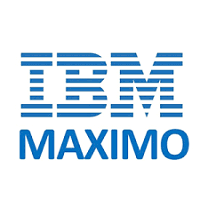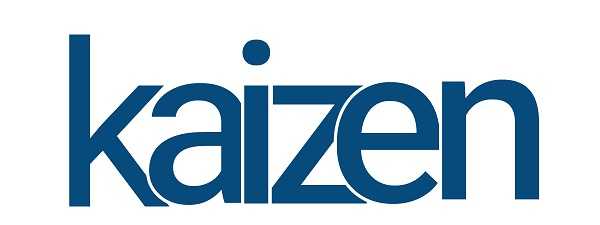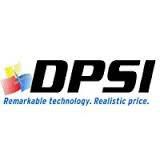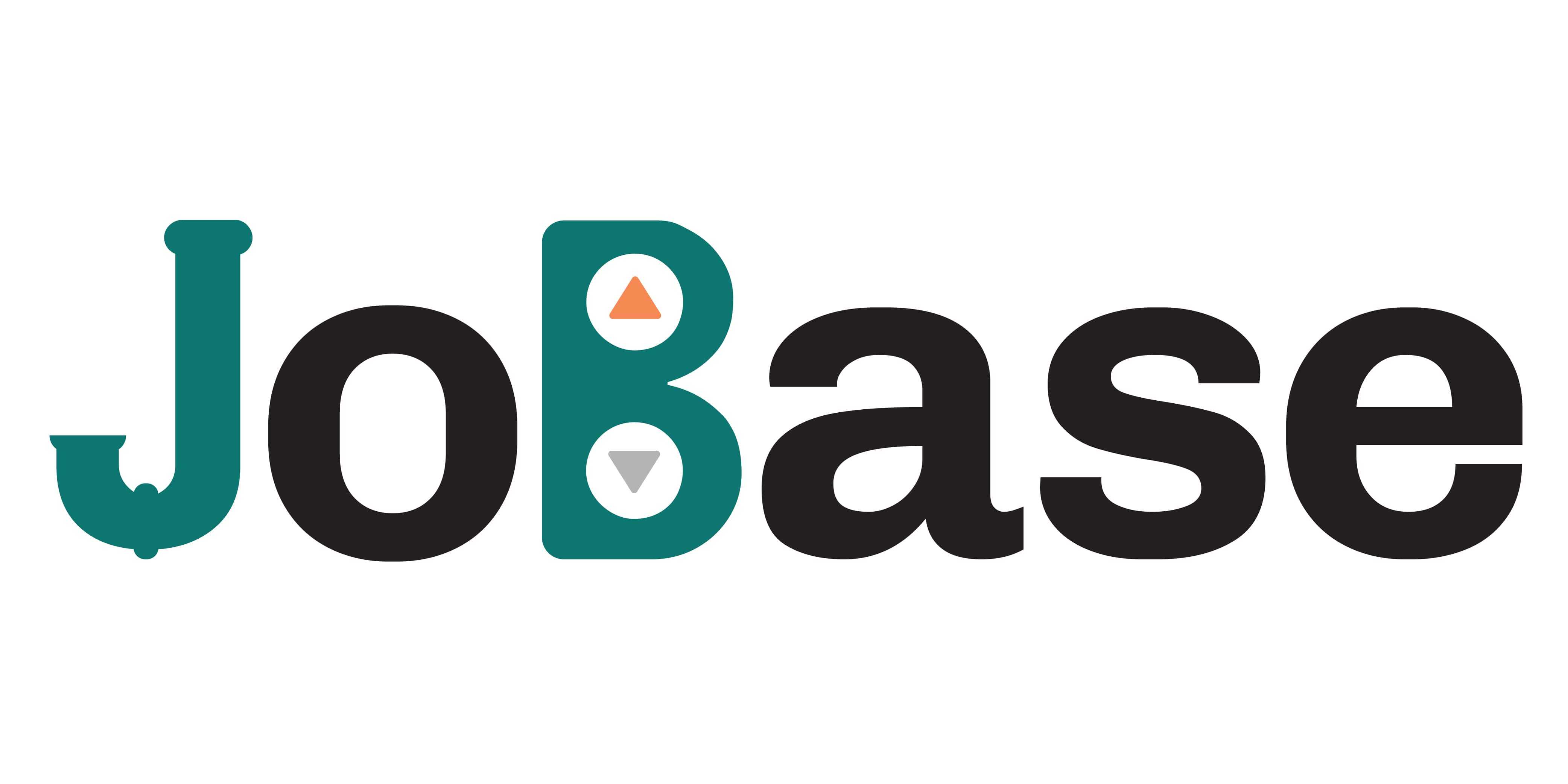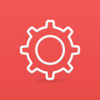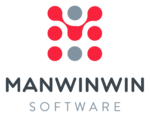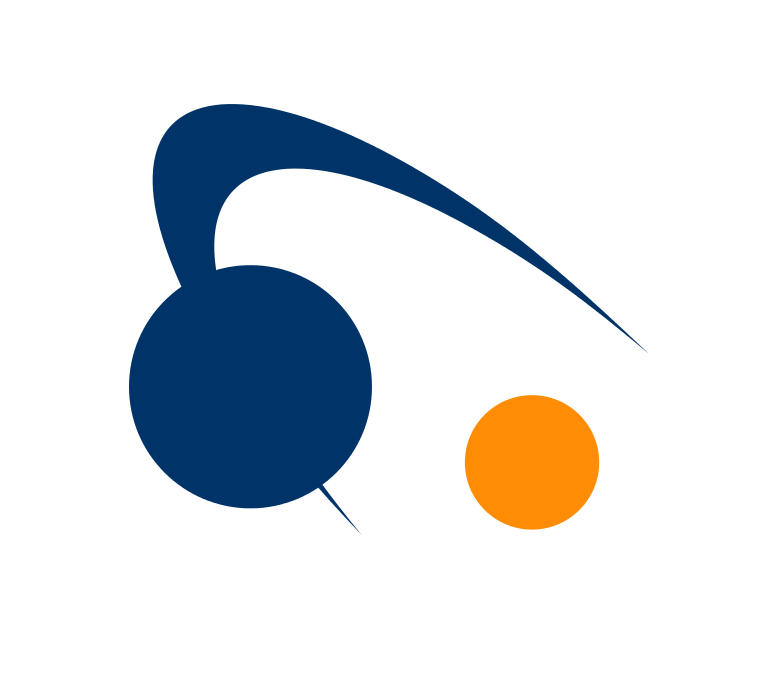What Is Preventive Maintenance Software?
Preventive maintenance software is a valuable tool for businesses and organizations to keep their equipment, machinery, and assets in top condition. It is a comprehensive system that automates and streamlines the maintenance process, ensuring that all assets are routinely inspected, maintained, and repaired to avoid unplanned downtime and costly breakdowns.
At its foundation, preventative maintenance software enables maintenance teams to design and schedule maintenance jobs, track and monitor asset performance, and produce reports and analytics. It also enables businesses to create maintenance processes and schedules based on manufacturer recommendations and industry best practices. One of the most important characteristics of preventative maintenance software is its capacity to generate enhanced alerts and notifications.
Maintenance staff will receive timely alerts when preventative chores are needed, ensuring that assets are serviced and maintained on time. This not only extends the life of the equipment, but also minimizes the likelihood of unexpected malfunctions, saving businesses time and money. Another advantage of preventative maintenance software is the ability to store and organize all maintenance-related information in a single area.
As a result, maintenance personnel may quickly track and manage inventories, work orders, and past maintenance data. This consolidated method allows teams to make data-driven decisions while increasing overall maintenance efficiency. In addition, preventive maintenance software frequently has mobile capabilities, allowing maintenance staff to access crucial information and handle tasks while on the move.
This capability is especially useful for remote or field workers, who may swiftly update work orders, take notes, and report maintenance issues in real time. Finally, preventive maintenance software is very customizable, making it suitable for a wide range of industries and business sizes. This implies that businesses can customize the software to meet their individual demands and scale it as their maintenance requirements increase.
What Are The Recent Trends in Preventive Maintenance Software?
Maintenance management has advanced greatly in recent years, thanks to the introduction of preventative maintenance software. This program takes a proactive approach to maintenance, allowing firms to assure the smooth operation of their assets and equipment while decreasing downtime and costs. So, what are the current trends in preventative maintenance software?
Let's have a closer look.
1. Cloud-Based Solutions: One of the most significant trends in preventative maintenance software is the transition to cloud-based solutions. This provides quick access to data and real-time updates, allowing organizations to handle maintenance activities remotely and on the road.
2. Integration with IoT And AI: As technology advances, preventive maintenance software adapts by integrating with Internet of Things (IoT) devices and artificial intelligence (AI). This enables the collection of real-time data on equipment performance and predictive maintenance, which saves time and reduces unplanned downtime.
3. Mobile Capabilities: With the growing popularity of mobile devices, many preventive maintenance software now includes mobile capabilities, making it easier for personnel to view work orders, submit reports, and receive notifications while on the go. This enhances communication and enables faster response times.
4. Customizable Solutions: Businesses have various maintenance requirements, and recent trends indicate that preventative maintenance software is now providing customizable solutions to meet these demands. This allows organizations to select the features and modules that are most relevant to their industry and operations.
5. Focus On Data Analytics: With the volume of data produced by preventative maintenance software, the emphasis has switched to data analytics. This enables firms to spot patterns and trends in equipment performance, predict probable problems, and make data-driven decisions about maintenance.
Benefits Of Using Preventive Maintenance Software
Preventive maintenance software is an effective tool for firms that want to increase the efficiency and longevity of their equipment and assets. This program is intended to help streamline the maintenance process, including scheduling routine maintenance chores, tracking work orders, and managing inventory. But, what are the special advantages of employing preventive maintenance software?
Let's have a look at the key benefits of this indispensable instrument.
1. Improves Equipment Reliability: One of the most significant advantages of adopting preventative maintenance software is the ability to improve equipment reliability. Businesses can avoid costly breakdowns by scheduling maintenance operations like inspections, tune-ups, and repairs on a regular basis. This not only increases the life of the equipment, but also lowers the need for costly emergency repairs and downtime.
2. Boosts Efficiency And Productivity: Businesses can use preventative maintenance software to automate and streamline their maintenance processes, removing the need for human tracking and scheduling. This increases efficiency and production since maintenance technicians may focus on completing jobs rather than maintaining paperwork. Businesses can save time and money by eliminating inefficiencies in the maintenance process, as well as enhancing overall efficiency.
3. Reduces Repair Costs: Regular maintenance can help save costly damages. Businesses that use preventative maintenance software can drastically cut repair costs by addressing possible faults before they become big problems. With capabilities like as equipment tracking and maintenance histories, firms can simply recognize and handle reoccurring issues, avoiding them from becoming more serious and costly in the long term.
4. Maintains Compliance And Safety: Many sectors have certain norms and standards that organizations must follow, and preventive maintenance software can aid with compliance. Businesses can easily demonstrate compliance with regulatory standards by using tools such as compliance tracking and audit logs. In addition, frequent maintenance can increase equipment safety, lowering the chance of accidents caused by malfunctioning or neglected equipment.
5. Increases Asset Lifespan: Equipment and assets are substantial expenditures for organizations, and it is critical to maximize their longevity. Preventive maintenance software can help achieve this by routinely repairing and servicing equipment to ensure it runs at top performance. Businesses might save money by deferring costly replacements if they extend the lifespan of their assets.
Important Factors To Consider While Purchasing Preventive Maintenance Software?
When it comes to purchasing preventative maintenance software, various variables must be examined in order to make an informed decision. As a buyer, you must thoroughly assess every component of the program to verify that it matches your company's specific goals and expectations.
Here are the most important considerations to consider when selecting preventive maintenance software.
1. Capabilities And Functionality: The first and most important considerations are the software's capabilities and functionalities. Make a list of your business requirements and compare them to the functionality provided by the program. It should include all of the necessary tasks such as work order management, asset monitoring, reporting, scheduling, and more.
2. Integration Capabilities: In today's digital environment, software must be able to work with other systems and applications. Make sure the preventive maintenance software you chose integrates seamlessly with your existing systems, such as ERP, CMMS, or accounting software. This will help to streamline operations and increase overall efficiency.
3. User-Friendly Interface: The software's interface should be simple to use and understand. It should not require substantial training or technical skills to operate. Look for software with a clean, straightforward design and easy-to-find functionality.
4. Customization Options: Each organization has distinct needs, and the software should be able to meet those needs. Look for software that allows you to add custom fields, create unique reports, and customize workflows. This allows you to modify the program to your own business needs.
5. Mobile Accessibility: With staff working remotely and on the go, having mobile-friendly preventative maintenance software is essential. Make sure the program includes a mobile app or is available via a mobile browser so that your team can use it from anywhere, at any time.
6. Scalability: As your firm expands, so will your maintenance requirements. It is critical to select software that can scale with your expanding organization and adapt to the changing requirements of your maintenance processes. This will spare you the trouble of switching to new software in the future.
7. Customer Support: A dependable and responsive customer support team is required in the event that any problems or inquiries develop while using the product. Look for a software that provides 24/7 customer assistance by phone, email, or live chat.
8. Pricing: Finally, analyze the software's pricing. Look for software that has transparent price plans and no hidden fees. Select the plan that best matches your budget and has the features you require.
When selecting preventive maintenance software for your business, consider these crucial considerations to make an informed decision. Consider your individual needs and objectives when selecting software that will assist streamline your maintenance procedures, increase efficiency and productivity, and ultimately save you time and money.
What Are The Key Features To Look For In Preventive Maintenance Software?
When it comes to selecting the best preventative maintenance software, there are a few crucial elements to consider to ensure that it fulfills your specific requirements and provides the most value to your firm.
Here are some key aspects to look for in preventive maintenance software:
1. Scheduling And Work Order Management: This tool enables you to schedule and allocate maintenance jobs, monitor progress, and create work orders for your maintenance crew. It helps to ensure that all maintenance jobs are completed on schedule and that no tasks are overlooked.
2. Equipment And Asset Tracking: The program should be capable of tracking and monitoring the performance of your equipment and assets, including maintenance history, cost, and usage. This will assist you in identifying any potential concerns and scheduling preventative maintenance accordingly.
3. Inventory Management: A decent preventative maintenance software should have inventory management features for tracking spare parts and supplies. This will assist you in maintaining proper stock levels and avoiding costly downtime caused by parts being out of stock.
4. Customizable Processes And Checklists: Look for software that lets you develop and modify processes and checklists for various types of maintenance jobs. This will allow you to streamline your maintenance processes and maintain uniformity in your practices.
5. Reporting And Analytics: The software should include powerful reporting and analytics features to help you understand your maintenance operations. This will assist you in identifying patterns, monitoring maintenance expenditures, and making data-driven decisions to optimize your maintenance operations.
6. Integration With Other Systems: Choose software that can work with other systems, such as your CMMS or ERP software. This will allow you to streamline your data and procedures, decrease human data entry, and improve overall efficiency.
7. Mobile Accessibility: In today's world, the ability to access data and execute tasks while on the go is critical. Look for software that has a mobile app or is mobile-friendly, so your maintenance personnel can use it at any time and from any location.
8. User-Friendly Interface: Any software must have an easy-to-use interface. Look for software that is simple to navigate and use, with a clear and intuitive interface. This will help to enhance user adoption while also reducing your team's learning curve.
Overall, when selecting preventive maintenance software, consider your organization's specific requirements and select software that is aligned with your goals and objectives. Investing in the proper preventive maintenance software can help you streamline your maintenance operations, decrease downtime, and save money in the long term.
Why Do Businesses Need Preventive Maintenance Software?
Businesses of all kinds, from small startups to major corporations, rely on their equipment and assets to keep things operating properly. Preventive maintenance is critical for ensuring these assets' lifetime and efficiency. However, manually tracking and managing preventive maintenance regimens can be time-consuming and error-prone, resulting in unanticipated breakdowns, expensive repairs, and downtime.
This is where preventative maintenance software comes in. Preventive maintenance software streamlines and automates the entire maintenance process, making it easier for organizations to keep track of their maintenance chores and minimize any problems. Businesses can simply establish and manage preventative maintenance programs for their equipment and assets by using tools like automated scheduling, work order management, and asset tracking.
One of the primary reasons firms use preventive maintenance software is to extend the life of their assets. Businesses that maintain and service their equipment on a regular basis can avoid breakdowns and extend the life of their assets, eventually saving them money over time. Furthermore, preventive maintenance software helps to reduce repair costs and downtime, allowing organizations to continue operations uninterrupted.
Another significant advantage of adopting preventive maintenance software is increased reliability and safety. Businesses can reduce the risk of accidents and maintain employee safety by keeping their equipment and assets in good working order. This not only protects their employees' well-being, but also helps firms comply with safety standards.
Furthermore, preventive maintenance software offers firms with useful insights and data on their maintenance efforts. Businesses that have access to real-time data and analytics can discover patterns and trends, make data-driven choices, and optimize their maintenance procedures to achieve optimum efficiency.
How Much Time Is Required To Implement Preventive Maintenance Software?
The time required to implement preventative maintenance software varies based on the organization's size and complexity, as well as the software solution chosen. On average, it takes 2-8 weeks to fully implement and get the program up and operating. The initial setup and installation process typically takes the longest because it requires entering data, configuring notifications and scheduling, and customizing the program to meet the specific needs of the organization.
This can take several weeks to ensure that everything is properly set up. Following the first setup, staff training and onboarding can take a further 1-2 weeks to ensure they understand the software, its features, and how to use it successfully. It is vital to remember that the time necessary for implementation may vary depending on the organization's degree of preparation.
If accurate data and information regarding present assets and maintenance processes are available, the implementation process can be greatly accelerated. It is advised that key stakeholders from all departments participate in the implementation phase to ensure that the software meets the demands of all users and receives buy-in from all parties. This can also lead to a smoother and faster implementation process.
What Is The Level Of Customization Available In Preventive Maintenance Software?
Preventive maintenance software allows for various levels of customisation based on the user's individual needs and preferences. This enables organizations to customize the software for their own operations, streamlining maintenance processes and increasing overall productivity. One of the most important components of preventative maintenance software customization is the ability to create and schedule bespoke maintenance jobs.
This includes creating preventative maintenance routines based on specific equipment requirements, such as time- or usage-based intervals. Furthermore, users can tailor task elements such as work order templates, checklists, and instructions to their own procedures and needs. Furthermore, preventive maintenance software enables for the customization of alerts and notifications.
Users can create notifications for imminent maintenance chores, equipment downtime, and other key events, ensuring that no task or issue slips between the cracks. These notifications can be adjusted based on urgency, notification type, and recipient, allowing each user to have a more personalized experience. In terms of data administration, preventative maintenance software provides a great degree of customization.
Users can customize the data fields and categories to meet their own business needs, making it simple to collect and track maintenance information. This also enables customized reporting and data analysis, providing businesses with vital insights into their equipment's performance and maintenance history. Furthermore, many preventive maintenance software solutions provide interfaces with other software and systems, providing even more customization options. This includes connectivity with inventory management systems, accounting software, and other tools to help you streamline procedures and access all of your information in one spot.
Which Industries Can Benefit The Most From Preventive Maintenance Software?
Preventive maintenance software is an invaluable resource for any industry that depends on equipment, machinery, or assets to keep operations running properly. This program automates typical maintenance operations and schedules, lowering the likelihood of equipment failure and costly downtime. While many businesses can benefit from using preventative maintenance software, a few stand out as being especially well-suited to its deployment.
Manufacturing, transportation, healthcare, and facility management are some of the industries involved. In the manufacturing business, preventative maintenance software can help streamline production processes by ensuring that machinery is regularly maintained and serviced. This decreases the likelihood of unexpected malfunctions and manufacturing delays, resulting in increased efficiency and output.
Preventive maintenance software can help transportation organizations like airlines, trains, and trucking companies ensure the safety and reliability of their assets. Routine maintenance and inspections can help transportation businesses avoid costly problems while also remaining compliant with safety laws. Preventive maintenance software is critical in the healthcare business to ensure that medical equipment and gadgets perform properly.
Regular maintenance and inspections allow healthcare facilities to ensure the quality and accuracy of their equipment, resulting in better patient care and overall efficiency. Finally, preventive maintenance software can help facilities management firms manage their buildings and assets more effectively. By establishing a centralized system for managing maintenance schedules and work orders, companies can ensure timely repairs and limit the chance of unexpected equipment failure.
Conclusion
In conclusion, preventive maintenance software is an essential tool for firms aiming to optimize their maintenance procedures and boost efficiency. It enables businesses to organize and manage routine maintenance work, discover possible faults before they become big problems, and make better use of their equipment and assets.
Before purchasing any software, it is critical to completely examine your organization's specific goals and budget, as well as extensively research and compare several possibilities. Consider issues such as usability, integration capabilities, customer support, scalability, and affordability. Furthermore, including key stakeholders and users in the selection process can help guarantee that the chosen software fits all of the parties' needs and preferences.
Furthermore, many companies provide free samples or demos, which are an excellent method to test the product and its features before making a purchase. Once you've chosen and deployed the best preventative maintenance software for your company, make sure to teach your team on how to use it properly, and review and update maintenance protocols on a regular basis to maximize its effectiveness. With the appropriate software and methodology, you may save substantial money and time, extend the life of your equipment, and ultimately increase the overall success of your operations.


